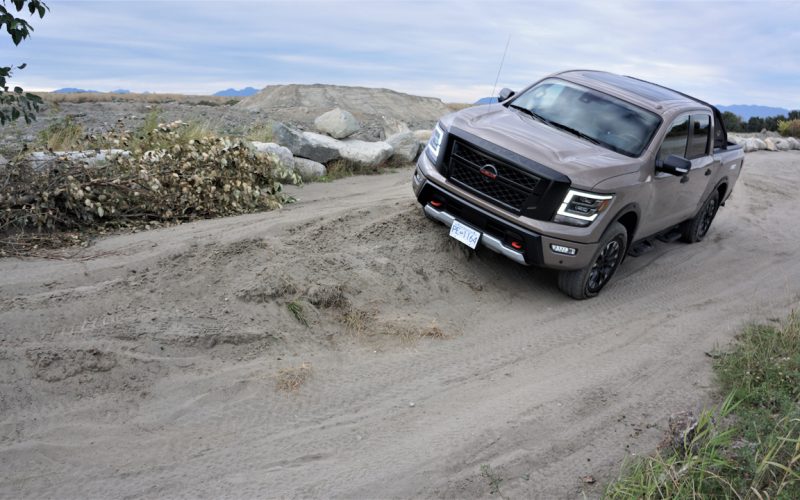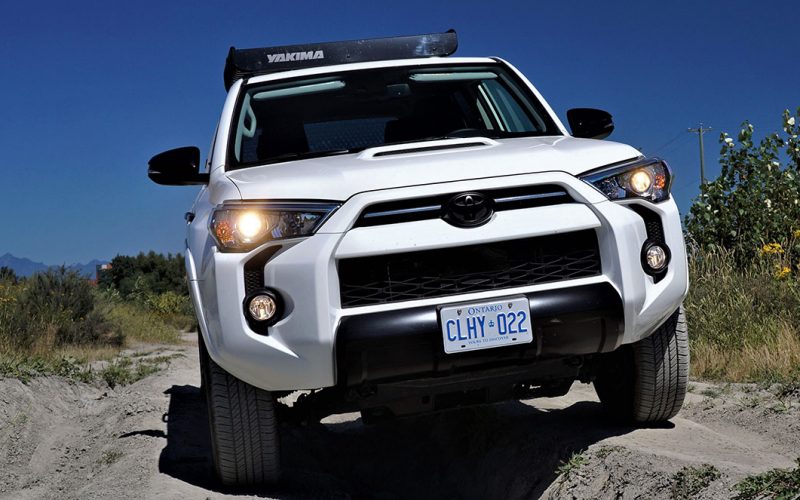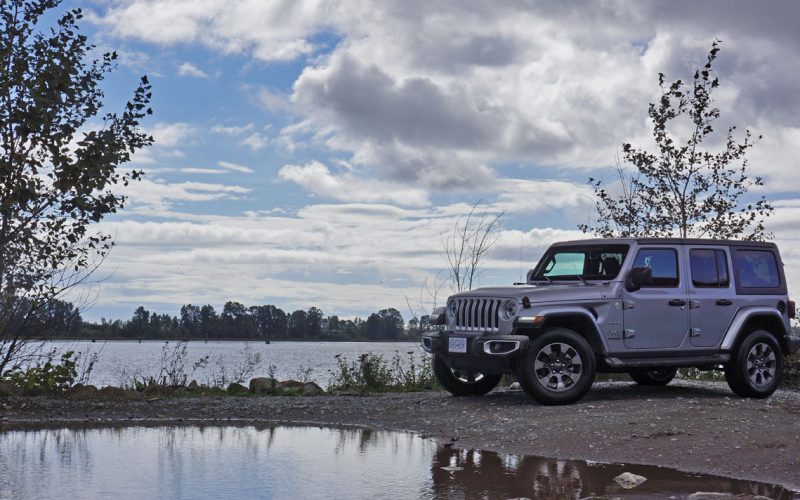
Reading Time: 9 minutesIt’s true, Nissan is walking away from the full-size pickup truck segment in Canada. The Titan

Reading Time: 13 minutesIf you’re the adventurous type and therefore require something to get you as far into (and

Reading Time: 13 minutesYou’d be forgiven for not noticing, but Jeep completely overhauled its Wrangler two years ago for
© 2025 The Car Magazine. All Rights Reserved, Privacy Policy | Terms of Use